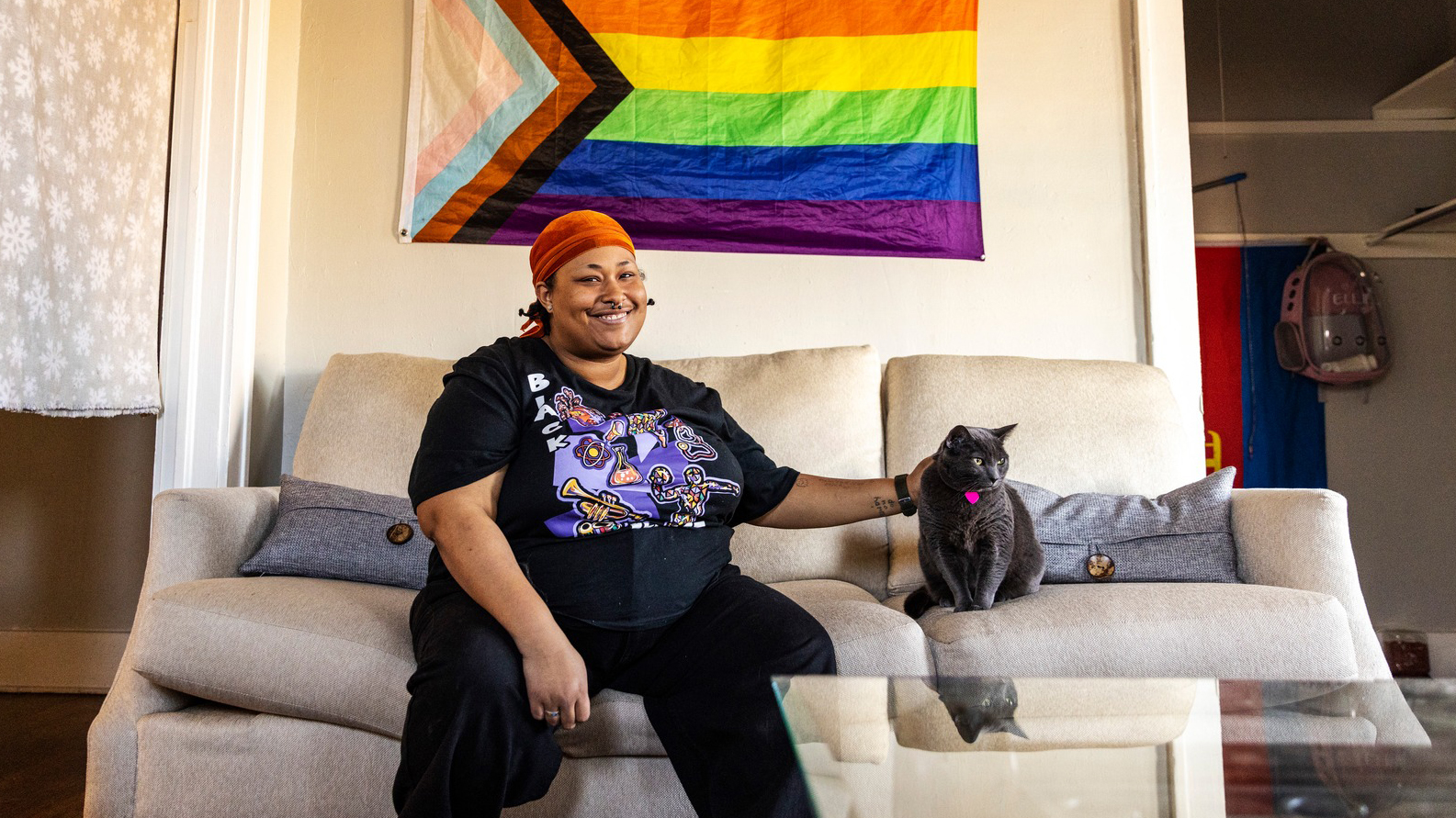How Public-Private Partnership Is Creating Solutions for the Unhoused in Oklahoma City

Insights from Sarah Roberts, Vice President of Programs for Inasmuch Foundation
Homelessness is one of the most complex and pressing issues facing communities today. In Oklahoma City, the Key to Home Partnership exemplifies how public-private collaboration can create meaningful and measurable change.
Launched in April 2023, Key to Home has already housed over 358 of Oklahoma City’s chronically unhoused neighbors and led to a 43% decrease in concurrent chronic and unsheltered homelessness. This success stems from the work of over 50 organizations united by a common vision to make homelessness rare, brief, and nonrecurring.
Why Public-Private Partnerships Work
Public-private partnerships like Key to Home combine the strengths of government systems with the agility and innovation of the private and nonprofit sectors. Public funding provides critical support for housing, case management, and other core services, while private funding fills gaps that government dollars cannot, such as security deposits, pet fees, damages or overdue utility payments.
For Oklahoma City, this collaborative model has resulted in more than just shared resources — it has also fostered a shared accountability that drives solutions. As a philanthropic partner, Inasmuch Foundation is proud to support this initiative as one part of a much larger, collective effort.
The Key to Home Approach & Impact
Key to Home aims to “invert the funnel” of homelessness by reducing the number of people entering homelessness while creating streamlined pathways for those already experiencing it to find stability. The initiative uses diversion strategies to prevent homelessness before it starts and provides housing paired with wraparound support for Oklahoma City’s chronically unhoused population.
Lessons Learned
Oklahoma City’s Key to Home program offers valuable lessons for communities nationwide:
1. Public-Private partnerships fill critical gaps.
Combining public dollars with private philanthropic support provides flexibility to address unique barriers to housing, like deposits and utility arrears, ensuring that more people successfully transition to stable housing.
“Inasmuch Foundation’s commitment to Key to Home is rooted in the belief that stable housing is the foundation for lasting change. Over the past two years, Key to Home has not only provided consistent housing for hundreds of individuals but has also created a pathway to stability and hope for neighbors in need.”
Bob Ross, Inasmuch Foundation Chairman and CEO
2. Cross-sector buy-in is essential.
Key to Home only works in Oklahoma City because there is alignment across government, business, and nonprofit leaders with shared goals and accountability. Implementation workgroups go one step further and turn strategy into action by bringing together service providers, individuals with lived experience, and stakeholders weekly. Overseeing it all is a dedicated management team employed by the City, ensuring efforts remain focused, coordinated, and impactful.
“This complex challenge requires a truly coordinated effort and the collaboration of many dedicated partners. We partnered with private philanthropy to add three dedicated positions to the existing Homeless Services team within the City of Oklahoma City to oversee the collective work of Key to Home. This team plays a vital role in aligning resources, offering essential training, and fostering strong partnerships across sectors to drive meaningful progress.”
Jamie Caves, Key to Home Strategy Implementation Manager
3. The housing first approach works.
Key to Home understands that food, water, clothing, and shelter are basic needs that must be met first. By bringing services directly to unsheltered individuals and focusing on rapid rehousing, the initiative has already housed 358 people and closed 23 encampment sites. Once individuals are free from the stress and trauma of homelessness, they can then take part in ongoing stabilization services for long-term success.
“We often see remarkable transformations when individuals are given the stability of housing. Once a person feels safe and secure, the weight of survival lifts, allowing them to focus on addressing underlying challenges like addiction or mental health crises. With housing as a foundation, our clients can tackle these issues with renewed energy and optimism for a brighter future.”
Erin Goodin, President & CEO of City Rescue Mission, a direct service provider and Key to Home partner
4. Data should drive action.
Enhanced data systems enable partners to track outcomes, refine strategies, and allocate resources more effectively. This real-time responsiveness ensures a more efficient and impactful homeless response system.
“Addressing homelessness takes more than just good intentions—it takes accurate and up-to-date information to make real progress. Through Key to Home, we’ve made big strides in improving how we collect and share data, making sure our Homeless Management Information System (HMIS) gives us real-time insights to better serve our neighbors in need. By bringing more partners on board and providing the training and tools they need, we’re helping everyone work together more effectively to get people into housing and connected to resources faster.”
Clay Moss, Key to Home Board Chair
Moving Forward
Homelessness is a multifaceted issue with no easy answers, but the progress in Oklahoma City demonstrates the power of collaboration. By coming together, leveraging our strengths, and focusing on solutions, we can create a future where everyone has a place to call home.
To the many organizations involved in Key to Home, thank you for your leadership, vision, and tireless efforts. When we align resources, expertise, and compassion, transformational change occurs.
Learn more about Key to Home at okc.gov/government/key-to-home.
